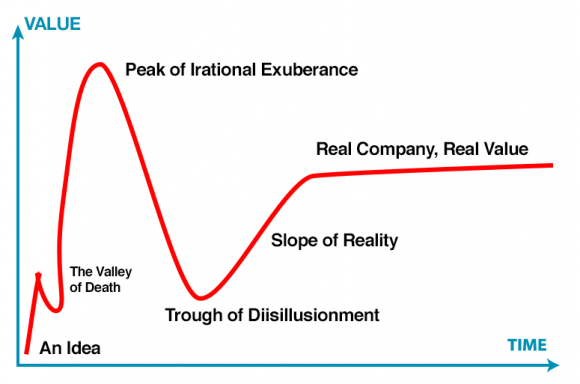
I categorize companies into three categories:
A- Companies focused solely on profits, running extractive businesses, unconscious to the needs of their employees, their communities, and the world as a whole.
Most of the S&P 500 and Global 1,000 are in this group.
B- Companies that truly care about ESG: Environment, Social, and Governance. In short, companies whose management works on improving sustainability, tries to treat employees and vendors and customers in reasonable ways, and brings diversity and stakeholders into their governance practices.
The trend is moving from B to A, but in both cases, while the companies may operated with a conscious, the actual product/service of the company itself is not good for society or the planet as a whole.
C- Mission-driven companies who specifically try and improve the world. These companies tend to do most everything in B, but they also then bring to market products and services that are good for the world, rather than just less bad.
These mission-driven companies are further sub-divided into three categories:
C1- Companies whose missions are accomplished by giving profits to charity. Ben & Jerry’s and Newman’s Own are the two poster children in this sub-category. Neither sells a product that is healthy. But they source from local or organic farmers and they give at least some profits to charity, and that in turn creates fans who buy due to that giving.
C2- Companies who charge more than their product is worth, who give away something like their product or a service related to their product to poor people. Tom’s Shoes and Warby Parker are the two poster childen in this sub-category. Tom’s Shoes gives away shoes. Warby Parker gives away eye care.
Personally, I eat Ben & Jerry’s because it’s the best ice cream. I own a pair of Tom’s because they are comfortable. Personally I’d rather they drop their prices and let me do my own philanthropy. But plenty of other buy because of their missions and others consider their purchases to be a mix of capitalism and philanthropy.
C3- The final sub-category is companies whose missions are embedded in their product/service. Whole Foods is the best example. Their mission is to make healthy food more commonplace by making it easier to access. The popularity of their stores has led every other grocer in every major US city to follow with their own organic food. Thus Whole Foods not only fulfills their mission everytime one of their customers shops at Whole Foods they win everytime someone buys an organic product that would otherwise not be available at Safeway, Krogers, or Costco.
When it comes to investing, I focus solely on the C3s. As an impact investor, I avoid the As, and appreciate more and more Bs, but what I’ve found is that it is hard to balance mission and business.
It is very hard to start a C1, because there are no profits to give away for years, and thus years of frustration from founders focused on business when they instead care more about mission. Similarly, C2s are hard, as at the start it costs a lot of time and money to fulfill those mission-driven efforts, and every minute not spent on growing sales means lower sales.
C3s, on the other hand, can simply focus on customers and sales. Every sale is more mission fulfilled. Every new dollar of revenue is growth capital toward an increased mission. C3s never have to sit in the board room and discuss which is more important this week, business or mission. The two are one in the same.
If you are an entrepreneur, which category does your startup fall into? If you are an investor, which category does your last pitched startup fall into?














